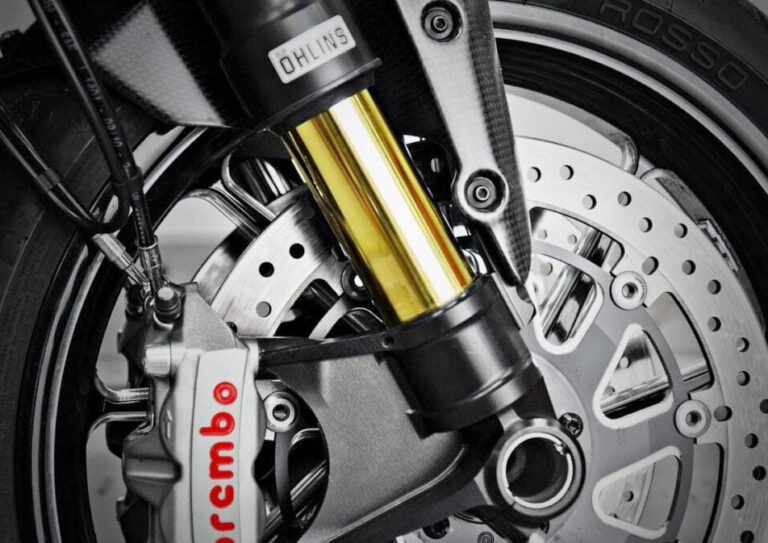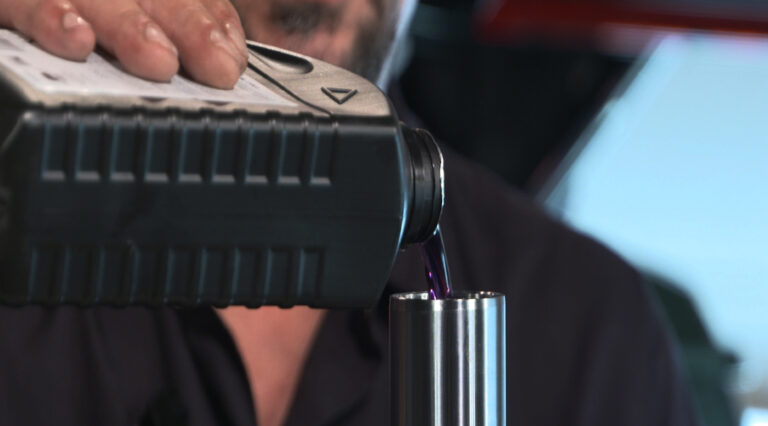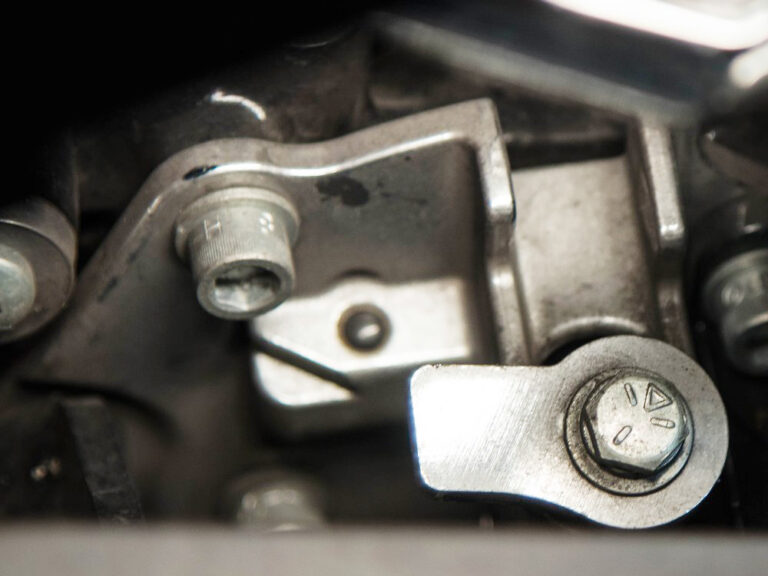Harley Davidson Engine Size Chart
Harley Davidson’s engine size chart provides precise information about the displacement of each engine model, allowing customers to select the ideal motorcycle based on their preferences and needs. With this chart, customers can easily compare engine sizes and make an informed decision about their purchase.
The engine size chart covers various models, ranging from small-displacement engines like those found on the Street series to larger engines like those on the Softail and Touring series. Whether you’re a beginner rider or a seasoned enthusiast, the engine size chart is a valuable resource for choosing the perfect Harley Davidson motorcycle that suits your style and riding requirements.
So, let’s explore the detailed engine sizes offered by Harley Davidson and find the ideal match for your motorcycle adventures.
Harley Davidson Engine Size Chart: Unlock The Power
Understanding engine displacements is crucial when it comes to choosing the right Harley Davidson motorcycle for your riding style. Engine size plays a significant role in determining the power and performance of a bike. Harley Davidson offers a wide range of engine sizes, each catering to different riding preferences.
The engine displacement refers to the total volume of air and fuel mixture that the cylinders can hold. This is measured in cubic inches (CI) or cubic centimeters (CC). Bigger engine sizes generally indicate more power and torque. However, it’s important to note that each Harley Davidson model and engine type has its unique characteristics.
| Harley Davidson Model | Engine Size (CI) |
|---|---|
| Street | 500 |
| Iron | 883 |
| Sportster | 1200 |
| Softail | 107 |
| Touring | 114 |
Choosing the right engine size depends on factors such as your riding experience, desired performance, and intended use of the bike. Whether you’re a beginner or a seasoned rider, Harley Davidson offers a diverse range of engine sizes to suit your needs. Explore the engine size chart and unlock the power that matches your riding style.
History Of Harley Engine Evolution
Decades Of Power: Key Milestones
The evolution of Harley-Davidson engines has been a remarkable journey spanning several decades. It all started with the iconic Knucklehead engine, introduced in 1936. This powerful V-twin engine was the first to feature overhead valves, improving performance and reliability. It set the stage for future advancements in engine technology.
In the 1950s, the Panhead engine took the stage, featuring a new aluminum cylinder head design and hydraulic valve lifters. It packed even more power and refinement compared to its predecessor.
The Shovelhead engine, introduced in the 1960s, brought significant improvements in oil circulation and combustion efficiency. It became an instant favorite among riders for its reliability and distinctive appearance.
Next came the Evolution engine in the 1980s, which incorporated modern technology to enhance performance, fuel economy, and emissions. This engine represented a major step forward for Harley-Davidson in terms of engineering.
The Twin Cam engine, introduced in the late 1990s, brought further improvements in power, smoothness, and durability. It featured twin camshafts and fuel injection, delivering enhanced performance and rideability.
Finally, in 2016, the Milwaukee-Eight engine marked a new era for Harley-Davidson. With improved power, reduced vibration, and enhanced cooling, this engine set new standards for Harley’s touring models.
Guide To Current Harley Engine Sizes
The guide to current Harley engine sizes will help you identify your Harley model and understand the corresponding engine size. Harley Davidson offers a range of models, each with its unique engine size. By knowing which model you own, you can easily determine the engine size. Below is a chart that provides details on the model and the corresponding engine size.
| Model | Engine Size |
|---|---|
| Harley Model 1 | 1100cc |
| Harley Model 2 | 1200cc |
| Harley Model 3 | 1350cc |
| Harley Model 4 | 1450cc |
| Harley Model 5 | 1600cc |
This chart serves as a quick reference to help you determine the engine size of your Harley model. Identifying your Harley model is crucial when it comes to finding the right parts, accessories, and maintenance requirements for your motorcycle. Whether you own a Harley Model 1, 2, 3, 4, or 5, knowing the engine size will enable you to make informed decisions about your bike.
Comparing Engine Sizes And Bike Performance
When it comes to comparing engine sizes and their impact on bike performance, it is essential to consider both torque and horsepower. These two factors play a significant role in determining the overall power output of a motorcycle.
The power-to-weight ratio, which is the measure of how much power the engine can generate relative to the weight of the bike, provides valuable insights into the bike’s acceleration and overall performance.
Harley Davidson offers a range of engine sizes across their models, each providing a unique riding experience. The larger engine sizes, such as the 107 and 114 cubic inches, are capable of delivering impressive torque and horsepower figures. These engines are designed to provide exceptional low-end torque, perfect for a thrilling and powerful ride.
However, it’s worth noting that the power-to-weight ratio can vary across the different Harley Davidson models due to their varying weights. Models with larger engine sizes may have a higher power-to-weight ratio, resulting in improved acceleration and performance.
In conclusion, the engine size chart of Harley Davidson offers a wide range of options catering to different riding preferences. Assessing the power-to-weight ratio across models can help potential buyers make an informed decision based on their desired level of performance and riding experience.
Personalizing Your Ride With The Right Engine
To personalize your Harley Davidson and make it truly your own, selecting the right engine size is crucial. The engine size of your motorcycle plays a significant role in determining its performance, power, and overall riding experience.
Factors For Choosing Engine Size
One of the key factors to consider is the level of experience you have as a rider. If you are a seasoned rider with years of experience, you may be more comfortable handling a larger engine. However, if you are a relatively new rider, it is important to choose an engine size that matches your skill level to ensure a safe and enjoyable ride.
Additionally, another factor to consider is the type of riding you plan to do. If you mostly ride on highways and enjoy long-distance touring, a larger engine with more power might be preferable. On the other hand, if you mainly ride in the city and prefer a nimble and agile motorcycle, a smaller engine could be a better fit.
Moreover, your physical build and personal preferences also come into play when choosing the engine size. If you are a taller or heavier individual, a larger engine may provide the necessary torque and power. However, if you prefer a lightweight and more maneuverable bike, a smaller engine can offer greater agility.
Remember, finding the right engine size is all about striking a balance between your riding experience, preferences, and the type of riding you do. So, carefully consider these factors and consult with experts or experienced riders before making your decision.
Maintenance Tips For Optimal Engine Health
Maintaining your Harley Davidson engine is vital to ensure optimal performance and longevity. Routine checks should be performed to keep your engine in top condition.
Oil Level: Regularly check the oil level and top up as necessary. Clean oil keeps your engine running smoothly.
Air Filter: Clean or replace the air filter regularly to prevent dust and debris from entering the engine.
Spark Plugs: Inspect and clean or replace spark plugs to maintain proper ignition and combustion.
Cooling System: Keep an eye on the coolant level and ensure the cooling system is functioning correctly to prevent overheating.
Drive Belt: Regularly inspect and adjust the drive belt tension to prevent slippage and ensure proper power transmission.
Performance Upgrades: If you’re considering performance upgrades, research their impacts on your engine. Upgrades can provide increased power, but it’s important to choose reliable and compatible parts for maximum benefits.
By following these maintenance tips and performing routine checks, you can keep your Harley Davidson engine running smoothly and enjoy a longer engine life.
Frequently Asked Questions
What Is The Engine Size Of A Harley Davidson Motorcycle?
The engine size of a Harley Davidson motorcycle can vary depending on the model, ranging from 883cc to 1923cc.
How Does The Engine Size Affect The Performance Of A Harley Davidson?
The engine size of a Harley Davidson motorcycle can directly impact its performance, with larger engines generally offering more power and torque.
What Harley Davidson Models Have The Smallest Engine Size?
Harley Davidson Sportster models typically have the smallest engine sizes, with the 883cc engine being the most common option.
What Are The Advantages Of A Larger Harley Davidson Engine Size?
A larger engine size in a Harley Davidson motorcycle can provide increased power, acceleration, and overall performance on the road.
How Does The Engine Size Impact The Fuel Efficiency Of A Harley Davidson?
Generally, Harley Davidson motorcycles with larger engine sizes tend to have slightly lower fuel efficiency compared to smaller engine sizes. However, individual riding style and other factors can also influence fuel consumption.
Conclusion
To summarize, the Harley Davidson Engine Size Chart provides riders with a comprehensive overview of the various engine options available for their motorcycles. Understanding engine size is crucial when it comes to finding the perfect balance between power, performance, and personal preference.
By consulting this chart, enthusiasts can make informed decisions and enhance their riding experience. So, whether you prefer the raw power of a larger engine or the agility of a smaller one, this chart is a valuable resource for all Harley Davidson riders.
Ride on!


